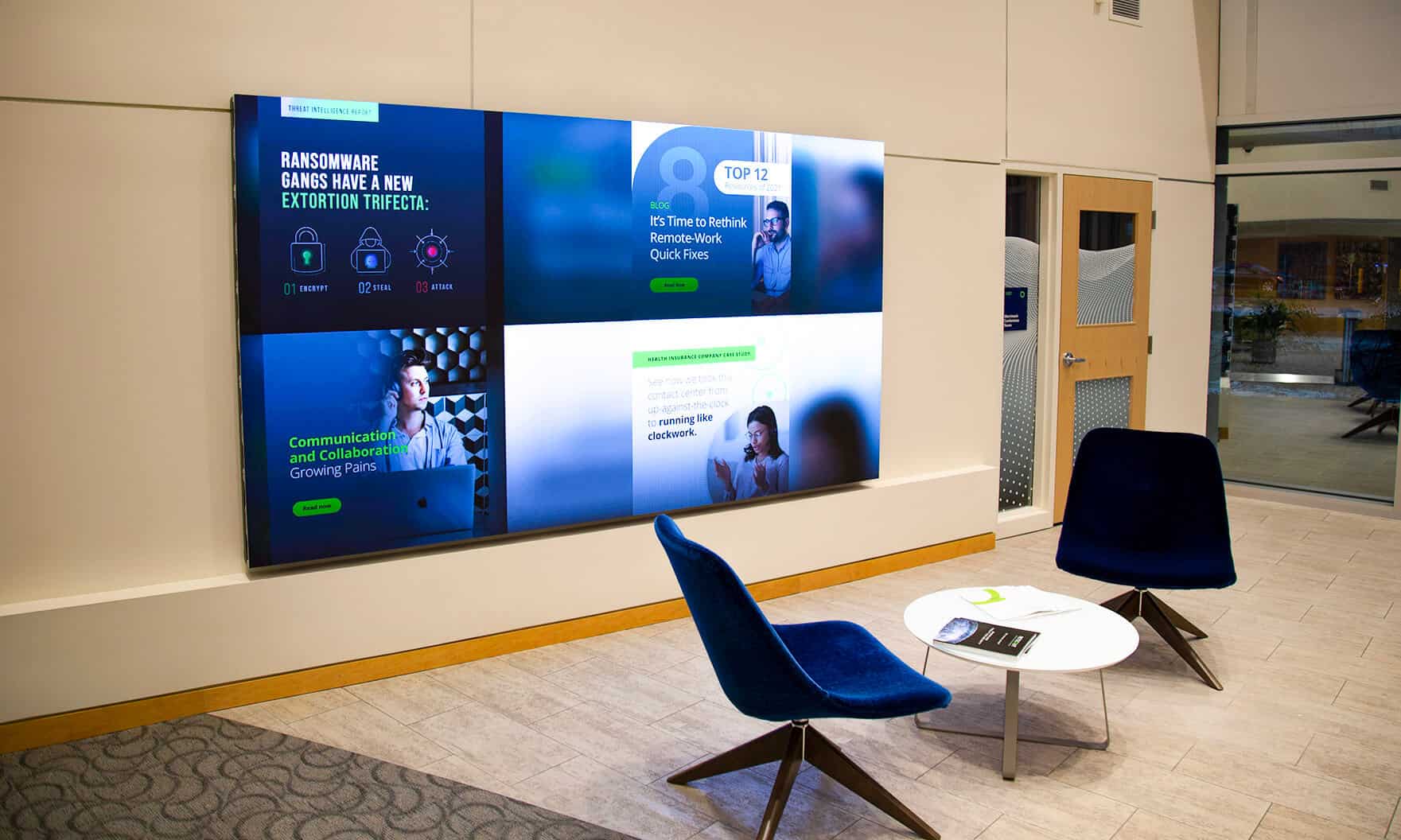Enhancing Aesthetic Impact Through Tactical Content Scheduling in LED Display Execution
Wiki Article
Maximizing aesthetic impact throughout LED wall performances requires careful planning plus tactical visual timing. Light-emitting diode walls represent potent tools for visual storytelling, often used in concerts, events, plus displays. The effectiveness of these displays relies not only only on the quality of the images but also on how and when they are presented. By understanding the audience's attention span and the flow of the event, event planners can craft a more engaging encounter that enthralls viewers plus enhances the total show.
One crucial element of tactical visual timing is scheduling. It is essential to align the images with the beat and tempo of the show. For example, during a musical performance, images should complement the rhythm and atmosphere of the melody. This alignment helps to create a cohesive experience that draws the audience in. Additionally, it is important to consider the duration of each visual clip. Brief, striking clips can maintain viewer engagement, while extended images may be appropriate for instances of contemplation or emotional connection. By varying the length and vigor of the images, event planners can maintain the audience engaged during the performance.

Another important factor is the material in question. The images shown on the LED wall should be relevant to the theme of the show. This pertinence aids to reinforce the message being conveyed and makes the encounter more unforgettable for the viewers. For example, if the performance is about environmental consciousness, using images that illustrate nature and wildlife can amplify the narrative. Furthermore, adding lively features, such as animations or interactive graphics, can add excitement and maintain the viewers' attention. The right content, presented at the right moment, can considerably enhance the effect of the show.
Viewer engagement is also a crucial consideration in visual timing. Understanding the characteristics and tastes of the viewers can guide the selection of visuals. For example, a younger audience may respond better to vibrant colors and fast-paced animations, while an older audience might appreciate more nuanced and refined images. By customizing the material to the viewers' preferences, event view it planners can craft a more tailored encounter that connects with spectators. Additionally, adding viewer involvement, such as real-time surveys or media engagements, can further enhance involvement and render the show more engaging.
Finally, assessing the efficacy of the visual timing is crucial for upcoming shows. Collecting responses from the viewers can offer valuable information into what was effective successfully plus what could be enhanced. This information can help organizers refine their strategies and make informed decisions for upcoming events. By continuously assessing and modifying the visual scheduling approach, organizers can maximize the aesthetic impact of LED wall performances and create unforgettable encounters for their viewers.